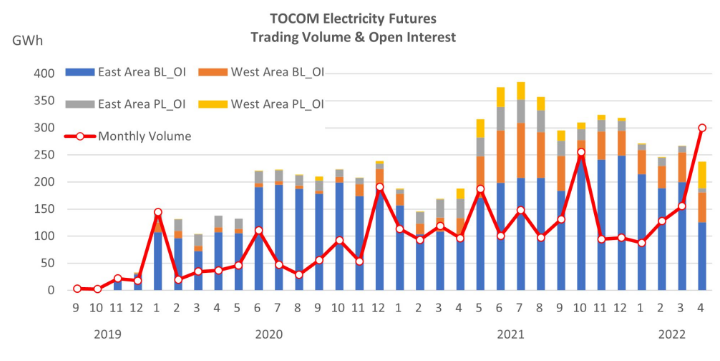TOCOM Energy
A guide to EIA’s information and data products
For investors to better learn and track the fundamentals of the oil market, I would like to introduce you to some of the free websites with information about the oil market. Let’s start with the EIA data in this video.
You’ve probably heard a lot about the EIA’s weekly inventory report released every Wednesday even if you have just started trading in the crude oil future market.
The U.S. Energy Information Administration (EIA) is the statistical and analytical agency within the U.S. Department of Energy. It provides a wide range of information and data products covering energy production, stocks, demand, imports, exports, and prices and prepares analyses and special reports on topics of current interest. The information is issued daily, weekly, monthly, annually.
For example, Today in Energy provides topical articles with energy news and information you can understand and use. The energy mapping system could help you find major energy infrastructure including refineries, oil terminals, pipelines in the U.S., and it tracks and reports on selected significant storms that impact or could potentially impact energy infrastructure.
EIA disseminates the above information primarily through its website, EIA.gov. The list below is a sample of EIA’s varied products. The weekly inventory data we often hear about comes from weekly petroleum report.
So let’s learn more about the weekly report. According to EIA’s methodology, product supplied is often called “implied” demand because it is a measure of demand that is implied by disappearance of petroleum product barrels from facilities and activities in the primary supply chain. Facilities and activities in the primary supply chain include refineries and blending terminals and so on.
EIA calculates product supplied as the balancing item for most products and uses adjustments as balance items in cases where it does not make sense to interpret the balancing item as demand.
EIA conduct surveys using Petroleum Supply Reporting System to collect the data that is used to estimate production, imports, and stocks but not exports. The system is organized into two data collection subsystems: weekly and monthly. The survey forms are as follows:
Since the data comes from survey, there may be some errors in between, for example, some companies did not report data in the current week, or revised the data of the previous week in the current week. EIA has adopted some smoothing methods to get the imputed values when there’s a missing survey data. As you can see, monthly data values is used when all companies data is aggregated. That’s why the weekly figures are revised when the latest monthly figures come out.
EIA had previously relied on weekly export estimates developed from monthly official export data published by the U.S. Census Bureau roughly six weeks following the end of each reporting month.
As the volume and variability of U.S. exports increased, EIA found significant discrepancies between modeled weekly estimates and final monthly exports data provided by the Bureau. Since August 31, 2016, EIA has been publishing weekly petroleum export estimates based on near-real-time export data provided by U.S. Customs and Border Protection (Customs). The new methodology, using the new data, is much closer to the actual export data shown in the monthly report data for this period.
If you would like to track the weekly report data, you can follow these steps to find a summary table of EIA’s weekly report. what’s more, within Microsoft Excel, by “adding” a tab — EIA & FRED, it will allow you to download energy data from EIA’s data API directly into your spreadsheet.
These spreadsheets, with whatever fetched API data series you saved, can be opened later, or refreshed with newly updated API data by simply clicking the Get Data button. This ability to save your favorite data and analysis and rerun it later with the latest data is an immense saving of time and effort for traders performing periodic analyses of oil market fundamentals.






